The adverse effects of toxic sunscreens have become a regular conversation in health and wellness magazines, blogs, and other educational forums. Sunscreens that are not specifically marketed as “made with non-toxic ingredients” are toxic. It is important to look at the quality and ingredients of sunscreens, especially for young children who are highly susceptible to the effects of toxins. Non-sunscreen options such as clothing and shade should also be considered to reduce the risk of sunburns, skin damage, and future health issues caused by excess, unprotected sun exposure.
Why consider “safe” sunscreens? Ingredients in toxic sunscreens such as oxybenzone and octinoxate can cause hormonal disruption which affects thyroid health, as well as estrogen and testosterone levels. Other ingredients such as avobenzone and retinyl palmitate can also cause free radical damage and may actually increase rates of skin disease from sun exposure.
Non-toxic sunscreens do need to be applied more frequently, can be harder to apply smoothly, and can leave a white residue; however, the benefits far outweigh some of the inconvenience.
The most comprehensive list of non-toxic sunscreens available is published by Environmental Working Group (ewg.org).
It is important to note that both non-toxic and toxic sunscreens do lose potency over time, so be sure to replace your sunscreen products every six months to maintain optimal sunscreen protection.
Non-sunscreen options. The best sunscreen protection is actually provided by clothing, hats, and sun shades. There are no topical products that can match the benefits of clothing and umbrella-type coverage. Cover yourself and your children with clothing and long sleeve swimwear when in the sun. There are light and breathable clothing options to stay cool and covered for the summer months. Wear a hat at all times in the sun – even in the water when that is a viable option. Bring sun shades and umbrellas when shade is not provided and sit in the shade as often as possible. Consider using an umbrella while walking outdoors and make sure you have a shade over strollers, wagons, and baby carriers.
Getting your vitamin D. Sunscreen and clothing coverage do limit the body’s ability to make vitamin D, and D deficiency is also a growing concern with both children and adults. Thus, I recommend a maximum of 15-20 minutes per day of direct sunlight and daily vitamin D supplementation of 2,000 IU (or more as needed) for adults and 400 IU per day for children.
According to HARC surveys, skin cancer is the most prevalent cancer here in the Coachella Valley, so keep in mind that excessive sun exposure can cause sun damage, future skin health issues, increased free radical damage, and a suppressed immune system. Prevention is imperative to reducing risk of future health issues.
Dr. Sinsheimer is a naturopathic doctor with Optimal Health Center in Palm Desert and can be reached at (760) 568.2598.







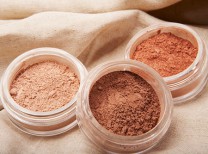

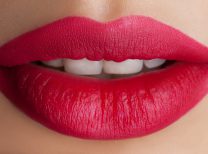
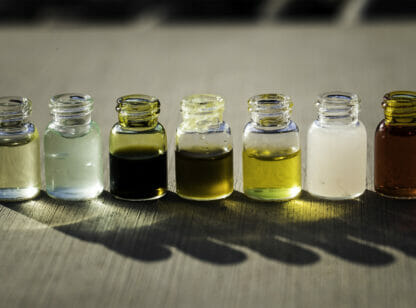
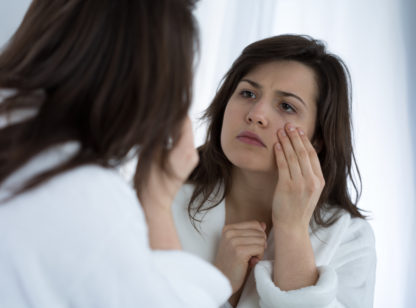
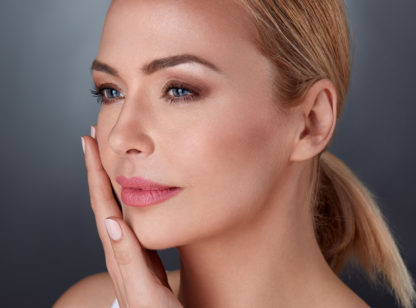


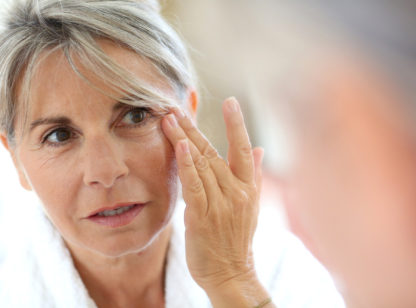
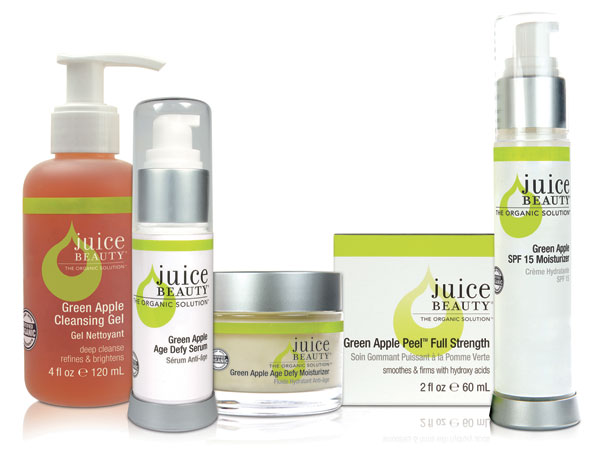
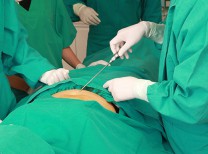































Comments (0)